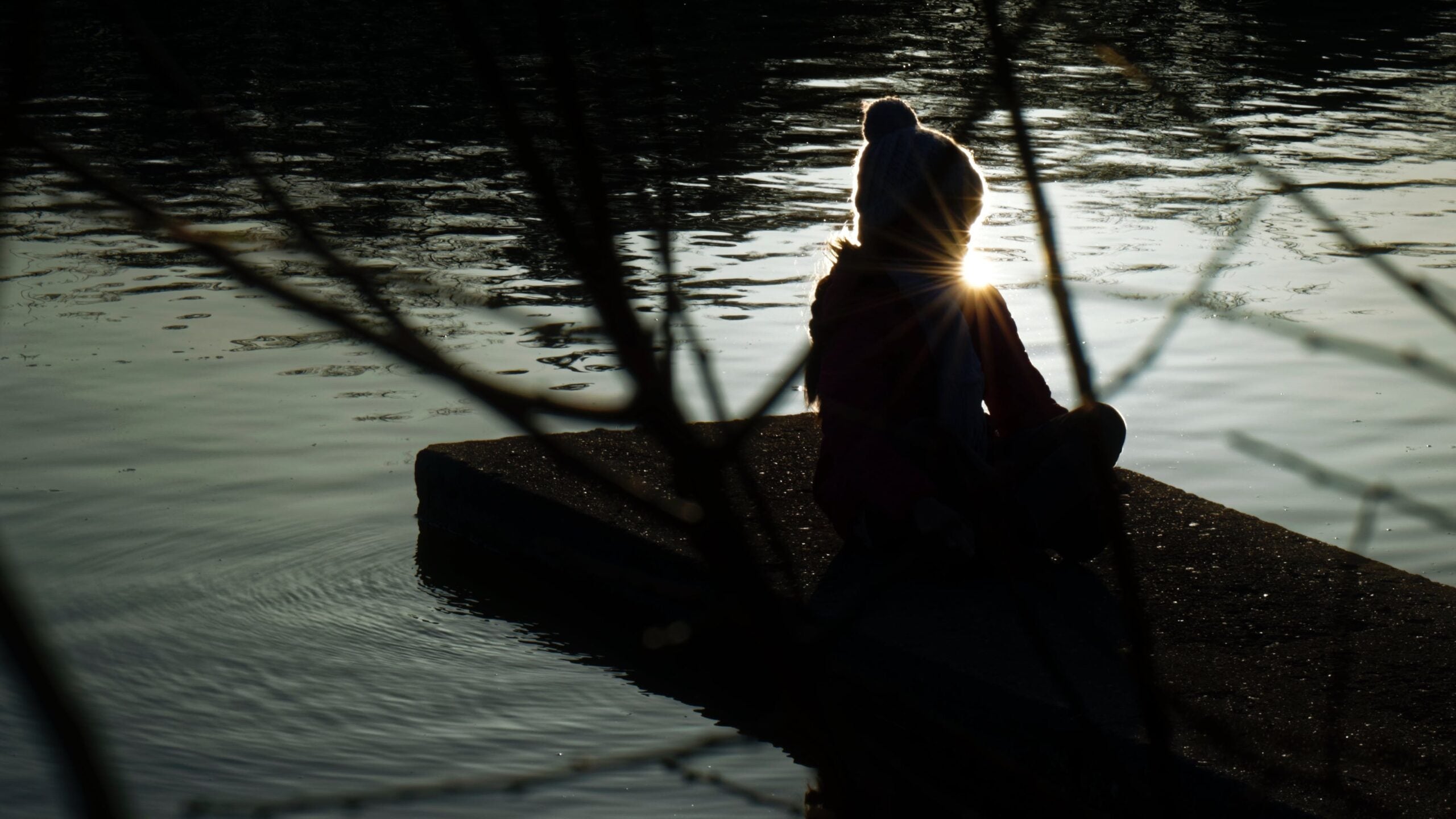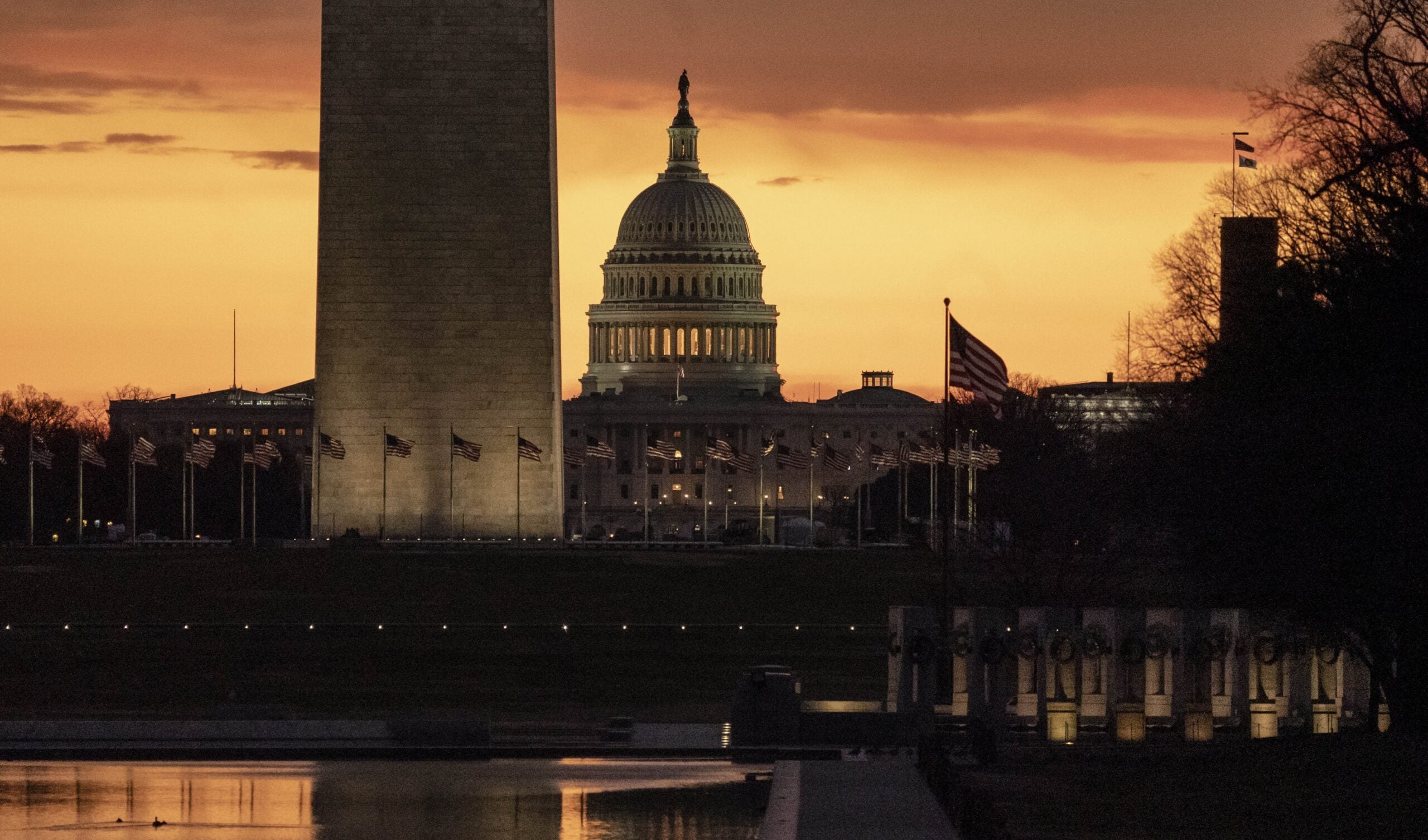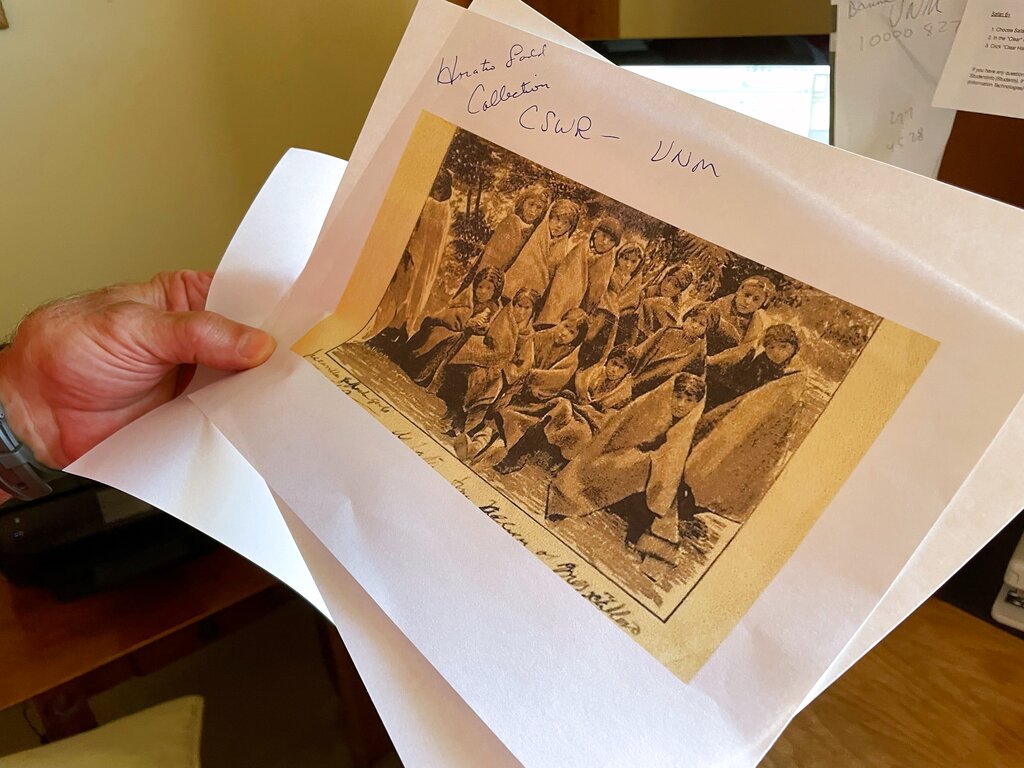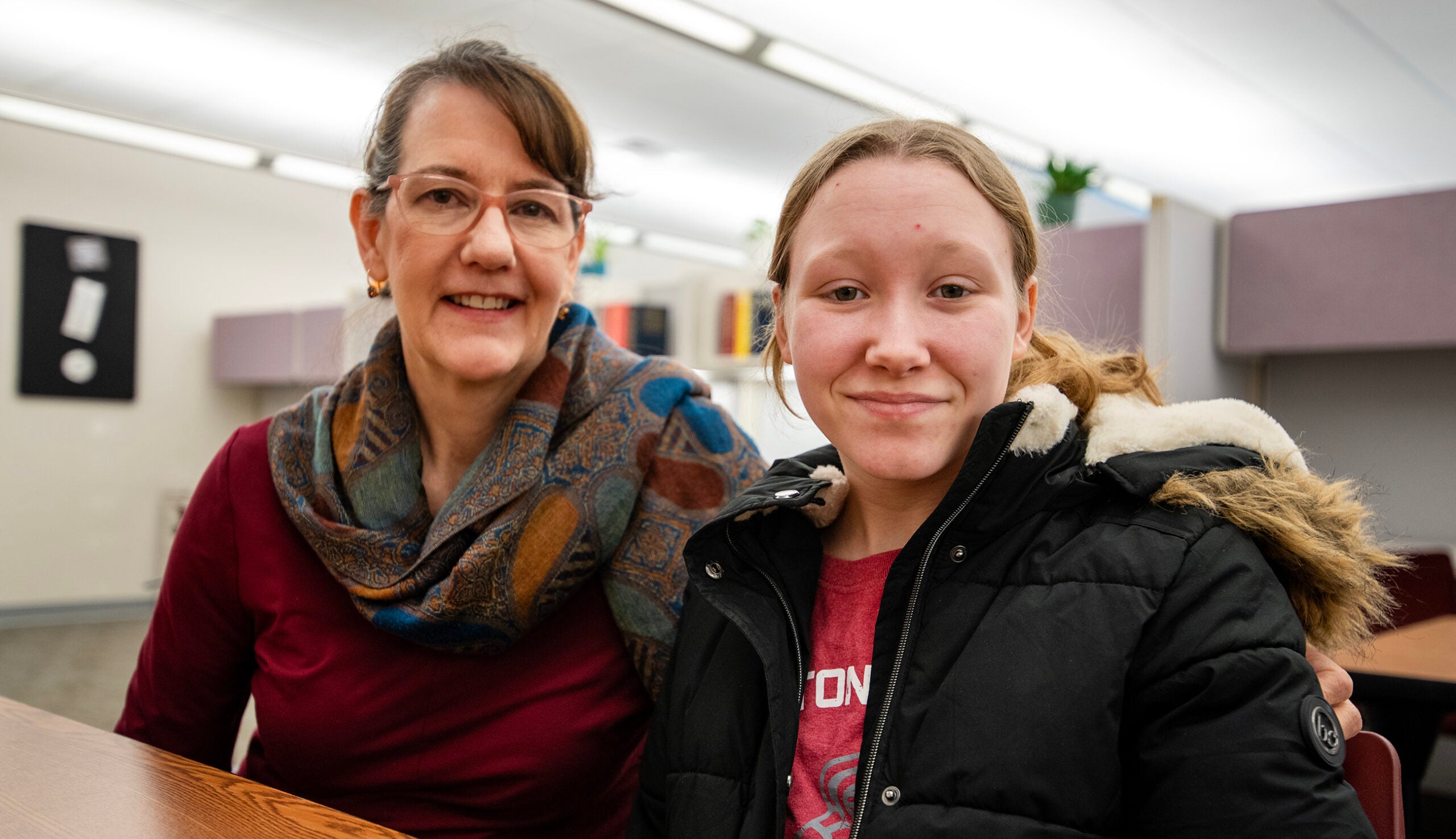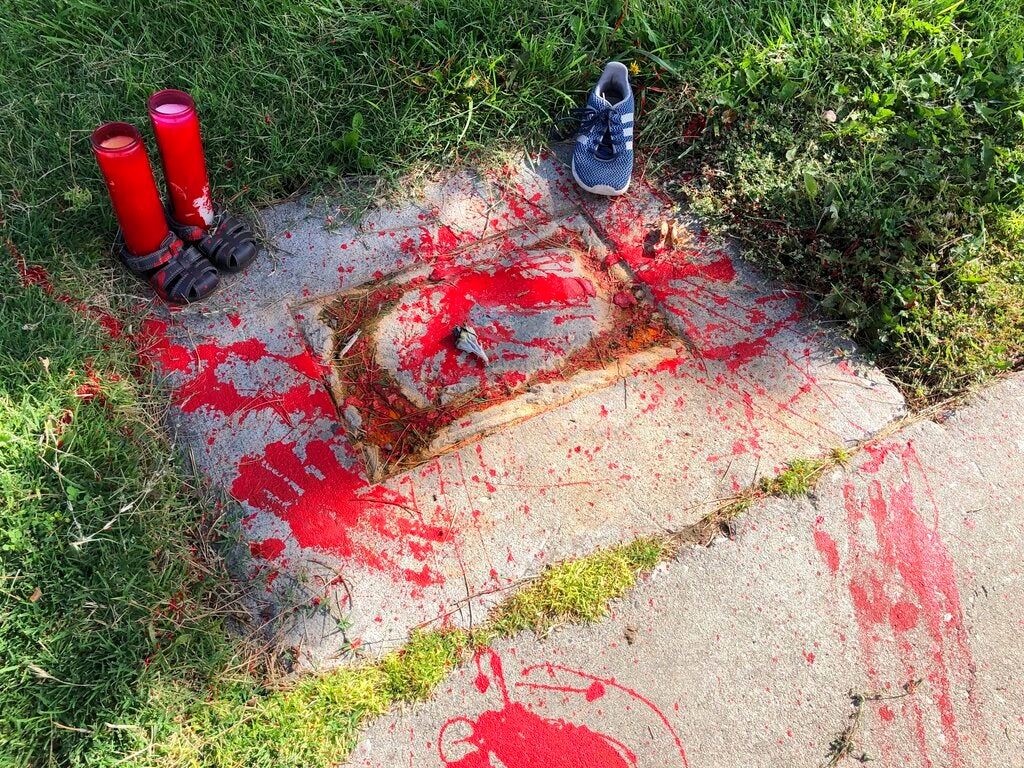When child welfare officials decide a child is unsafe in their home, most people would agree they should be protected and removed from that environment.
In some parts of northeastern Wisconsin, however, those rates of removal are higher than the state average, and the numbers are even more skewed when taking a child’s racial identity into account.
Brown and Outagamie counties have the second- and third-highest rates of children removed from their parents or guardians in the state, which can partially be explained by the region’s larger population — they are the fourth and sixth-most populous counties, respectively.
News with a little more humanity
WPR’s “Wisconsin Today” newsletter keeps you connected to the state you love without feeling overwhelmed. No paywall. No agenda. No corporate filter.
But one of the most shocking statistics surrounds the disproportionate number of Native American children removed in this fashion.
Native children have the highest rates of family separation in Brown and Outagamie counties, representing 32 percent and 23 percent of removals despite making up less than 1 percent of the child population in either county, according to 2021 data from the Wisconsin Department of Children and Families.
Child welfare experts call this sort of removal one of the most disruptive and life-altering events children can experience. It can cause intense disruption to families’ lives, break trust and cut integral cultural ties. Wisconsin’s Department of Children and Families has even implemented a “Families First” approach for transitioning the child welfare system toward becoming more in-home and family-focused in the last five years.
And yet, department data shows Native American and Black children are disproportionately removed from their families when compared to their white counterparts. White children represent 44 percent of Brown County’s out-of-home care population and 55 percent of Outagamie County’s, while making up nearly 90 percent of both counties’ populations, according to U.S. Census data.
Those disparities are also visible throughout Wisconsin. Across the state, Native children account for almost 11 percent of kids removed from their homes, while accounting for 2 percent of Wisconsin’s child population. Those numbers have remained steadily high over the last five years of available data from the agency.
Further, the issue isn’t unique to Wisconsin. Across the nation, Native children make up 1 percent of the population but account for 2.7 percent of children placed into foster care, according to data from the National Indian Child Welfare Association.
Child welfare experts say disparities stem from generational trauma, rural disconnects
Unsurprisingly, the disparities are the highest in counties that overlap with reservations.
The Oneida Nation falls within the bounds of both Brown and Outagamie counties, with Native people making up 3.5 percent and nearly 2 percent of the county populations, respectively.
According to DCF’s 2021 data, Native children and families are overrepresented in child abuse or neglect reports and investigations, and these families are more likely to have children removed from their homes.
Once a child is deemed unsafe in their home, child welfare workers place them into out-of-home care, which could include placement with a relative, foster family, state facility or adoption.
Native Americans’ disparities with the child welfare system have deep roots in the United States’ history. Native children were systematically removed from their families and culture by federal officials in the 19th and 20th centuries who routinely sent Native children to boarding schools to forcibly assimilate them.
The long history of forcibly separating these families formally came to an end with the passage of the Indian Child Welfare Act of 1978, a law that sought to keep Native children with their families, tribes and communities.
Under the ICWA, a child’s tribe is notified and given control over the adoption process; the ICWA also prioritizes placement with a child’s family or, if the former two are unavailable, tribal members and other Native tribes.
Even with ICWA protections, Native children are still overrepresented in the child welfare system. Oneida Nation’s Family Services Director Jennifer Berg-Hargrove said Oneida’s history of assimilation and the fight for sovereignty has led to a lot of historical trauma that families still grapple with today.
“Our families are strong and beautiful, and yet many of our families are still living in the residual aftermath of the boarding school and child welfare traumas that our grandparents experienced,” Berg-Hargrove said.
To cope, Berg-Hargrove said, some individuals turn to substance use, which includes most of the child welfare cases her department gets and can be one of the leading reasons for deciding to remove children from their homes.
In addition to generational trauma, factors including child welfare workers’ biases and the socioeconomic status of the family can make parents more likely to interact with the system, according to Angela Steuck, vice president of programming and services for Family Services, which serves northeastern Wisconsin.
Native children and families may have a disproportionate need for child welfare services due to a range of factors that put them at greater risk for being reported for child maltreatment — most notably, low income, rural residence and substance abuse, according to child welfare experts. While a portion of the reservation overlaps with the city of Green Bay, a large portion is in rural Outagamie County.
“When living in more rural areas, (families) naturally become disconnected to the very resources they so desperately need and can benefit from,” Steuck said. These resources, such as parenting classes or behavioral treatment, are more easily accessible for families and children in urban areas like Appleton and Green Bay.
Removing children from their familial, cultural ties can disrupt social development, sense of identity
Child welfare workers emphasize that removing a child from their family can disrupt every aspect of a child’s life.
Kay Kiesling, divisions manager for Outagamie County’s Children, Youth and Family department, said removal is the last resort when no other options are available.
“We try very hard to keep every child in home because we know the trauma of removal is a lot, not just for the child but for the parents as well,” Kiesling said.
If a child is deemed unsafe within their home, Kiesling said the next best place is to move the child in with family members, which is the preferred placement and the first place the agency looks toward.
Ultimately, a lot of children removed from their homes do end up in the care of their extended family. In Outagamie County, 42 percent of children removed were placed with relatives, only slightly behind foster care placements. In Brown County, over half of the children were placed with relatives in 2021. However, placement data is not broken down by race.
If a child is removed from their home, the main goal for that caseworker is to figure out how to reunify the family as quickly as possible because, as Kiesling explains, with their family is oftentimes the safest place for a child to be.
Berg-Hargrove said keeping children connected to their familial and cultural ties is imperative for children’s social development and sense of identity.
Connected children can find a sense of belonging and inclusion through traditional ceremonies, foods, beliefs, community values and family structure. Removing children from their families and potentially placing them in state facilities or families outside their culture can disrupt their sense of self, Berg-Hargrove said.
“When children are removed from their families and culture, it’s like taking a fish and giving it wings to live with the birds,” Berg-Hargrove said. “A fish might learn to fly with the birds, but deep down they know they came from a different environment.”
Even if children are removed from their families for only a short period of time, Steuck said it takes a lot to repair emotional and relational trust.
“We have such greater turnout in family success when families stay together,” Steuck said. “Because it just takes additional time and energy and efforts when we have to work on the back end and reunify them.”
Kielsing emphasized keeping kids with a family and working around solving concerns is sometimes the best way to protect them, because the parent-child bond is important to the trust and understanding in a familial relationship.
Understanding Native American history can prevent further disparities
Closing the gap, Steuck said, starts with meeting families where they are at.
“We try to go to them and sit at their kitchen table or in their living room and help them find different ways to deal with family challenges,” Steuck said. “We’re there trying to model a different, maybe more calm approach to help them establish different ways to handle areas that got them into trouble.”
In order to fix any racial disparities, child welfare workers have to take an understanding, empathetic approach to learning families’ cultural norms and parenting styles.
Berg-Hargrove said this can come in the form of child welfare workers learning about tribal history to be able to understand the complex needs and struggles the tribe deals with.
“There is a lack of awareness, empathy and understanding prevalent in society about this history and of tribal nations’ right to sovereignty, which taints and biases practice in child welfare,” she said.
Steuck said it’s not a child welfare worker’s job to judge a family on their parenting style or child’s behavior, but rather to understand their variety of needs and provide them with resources to be the best parents they can be.
This understanding can be found physically, by going to a home to better understand the family and provide them with services, or culturally, by taking time to understand cultural norms and family values and seeking appropriate parenting styles within those values.
To help provide rural families with needed resources, Family Services goes on the road to nearby reservations delivering resources to their doors instead of making parents travel outside their communities.
“We don’t want to displace them,” Steuck said. “We want to honor where they come from and where they want to be.”
While Steuck said the child welfare system has a long way to go, it can start with understanding families’ history and culture.
“Where families come from is of the upmost importance,” Steuck said. “No one wants to disrupt that.”
This story is part of the NEW (Northeast Wisconsin) News Lab’s fourth series, “Families Matter,” covering issues important to families in the region. The lab is a local news collaboration in northeast Wisconsin made up of six news organizations: the Green Bay Press-Gazette, Appleton Post-Crescent, FoxValley365, The Press Times, Wisconsin Public Radio and Wisconsin Watch. The University of Wisconsin-Green Bay’s Journalism Department is an educational partner. Microsoft is providing financial support to the Greater Green Bay Community Foundation and Community Foundation for the Fox Valley Region to fund the initiative. The mission of the lab is to “collaborate to identify and fill information gaps to help residents explore ways to improve their communities and lives — and strengthen democracy.”
Sophia Voight is a local government and political reporter for The Post-Crescent. She can be reached for tips and feedback at svoight@postcrescent.com. Follow her on Twitter @sophia_voight.

